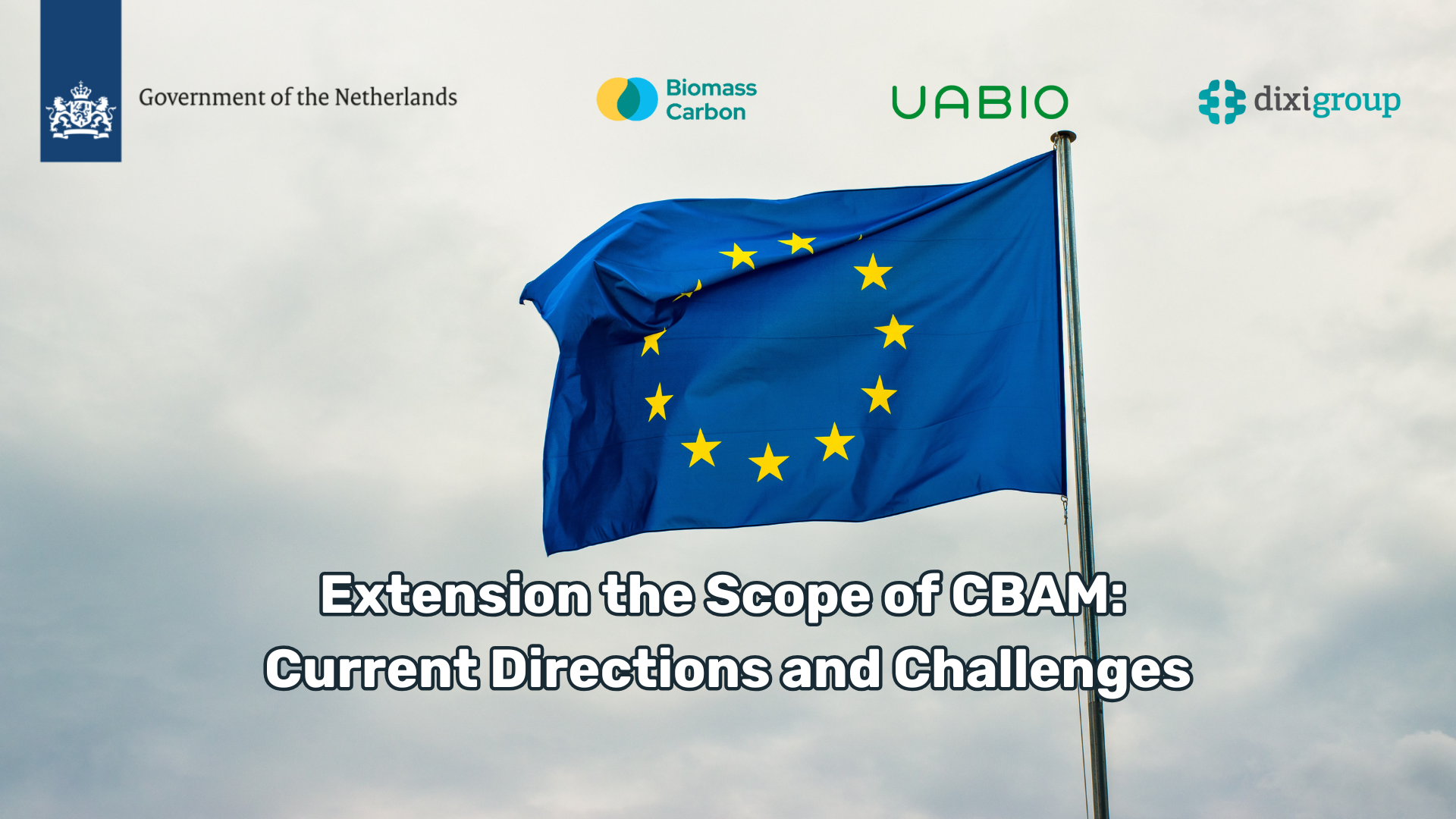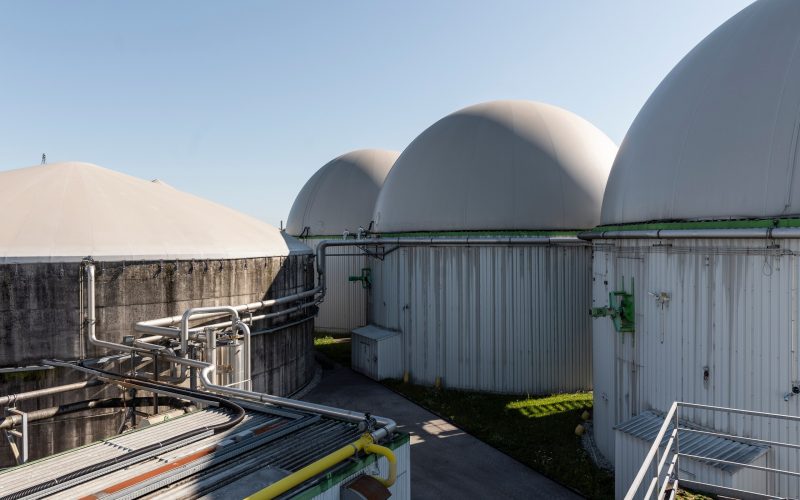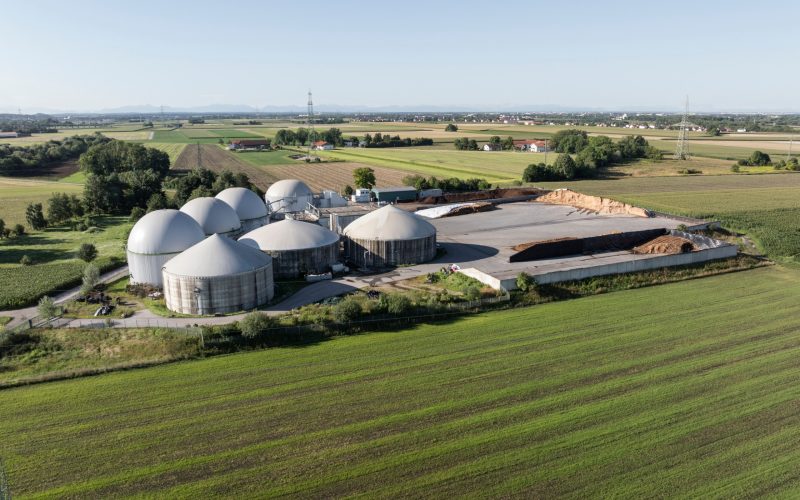Extension the Scope of CBAM: Current Directions and Challenges
The EU’s Carbon Border Adjustment Mechanism (CBAM) is actively developing. Let’s figure out how and what it affects.
After the transitional period concludes, its scope of application will be expanding, which will necessitate the implementation of relevant procedures by both EU importers and their suppliers in third countries.
Domestic industrial producers and exporters to the EU should take this into account and prepare for the implementation of existing and the emergence of new rules. Below, we will examine in more detail the current directions of the potential expansion of CBAM’s scope.

European Commission Public Consultation on Extension CBAM to Downstream Products
The CBAM Regulation provides for the need to assess and, if necessary, propose an extension of the scope of the border carbon adjustment mechanism to so-called “downstream products” (i.e., goods further down the value chain of products currently covered by the Regulation).
- Examples of such downstream products include kitchen appliances, household appliances, and engineering components containing CBAM-regulated materials.
Furthermore, to prevent carbon leakage further down the value chain, the recent European Steel and Metals Action Plan emphasized the need to expand the scope of CBAM to certain downstream products using steel and aluminium, and announced a European Commission proposal that is to be adopted by the end of this year.
- Carbon leakage occurs if EU downstream producers relocate production abroad to avoid increased carbon emission costs, or if EU buyers switch to imports from third countries with weaker climate policies.
Additional anti-circumvention measures will target practices aimed at avoiding CBAM financial obligations without proper reason or economic justification. Additionally, concerns have been raised regarding the current rules on default values and the conditions for using actual emissions for electricity in CBAM.
From July 1 to August 26, 2025, the European Commission is conducting public consultations with stakeholders on the policy development for the potential expansion of CBAM’s scope to specific downstream products, anti-circumvention measures, and rules for the electricity sector, as well as on their potential social, economic, environmental, and administrative impact.
The primary target audience includes stakeholders from EU and third countries, namely:
- companies engaged in the production, trade, and storage of CBAM basic goods (including electricity) and downstream goods;
- associations of producers of core CBAM goods (including electricity) and downstream goods;
- non-governmental organizations;
- academic institutions;
- public authorities, including customs authorities; and
- trade unions.
Announcement of the consultation on the EC website
Comprehensive Overview of Potential Directions for CBAM Scope Extension
A new report, “Extension of the CBAM Scope,” by the European Roundtable on Climate Change and Sustainable Transition (ERCST) analysed potential opportunities for CBAM extension that Ukrainian industrial producers also need to consider.
Horizontal extension involves the inclusion of entirely new sectors or goods not currently covered in Annex I of the CBAM Regulation, such as chemicals, refineries, paper, glass, ceramics, and plastics. In contrast, vertical extension concerns deepening the coverage within sectors already included in CBAM. Such extension can cover both upstream goods, which are at the initial stages of production — i.e., raw materials or intermediate products used in the manufacture of already regulated goods; and downstream goods, which belong to later stages — i.e., more processed products further down the value chain derived from these regulated materials.
According to recital paragraph 31 of the CBAM Regulation, the selection of goods covered by this mechanism should be based on their significance in terms of greenhouse gas (GHG) emissions and carbon leakage risk in EU ETS sectors.
Key criteria include:
- Relevance of sectors in terms of GHG emissions;
- The sector’s exposure to significant risk of carbon leakage;
- The need to balance broad product coverage in terms of GHG emissions, while limiting complexity and administrative burden.
Moreover, the decision of whether or not to extend the CBAM scope is fundamentally dependent on assumptions about several interconnected factors, including:
- Developments under ETS reform: The future of free allocation of emission allowances and mechanisms for indirect cost compensation under the EU ETS will significantly impact the competitiveness landscape and the risk of carbon leakage.
- Elaboration of the CBAM: Further details and decisions on aspects such as the coverage of exports, measures to prevent resource shuffling and address circumvention, further simplification of administrative procedures, the eventual coverage of indirect emissions, and the specification of default values – all this will influence the implications of scope extension.
- Vertical and horizontal scope interdependence: The question of horizontal extension in some cases depends on assumptions about vertical coverage, specifically, how far down the value chain the existing or expanded coverage will extend. A clear understanding of these starting points and their interdependencies is essential for a robust analysis of CBAM scope extension.
Factors for Horizontal Extension
The first consideration in any potential extension must be to what extent the sector faces the risk of leakage as free allocation is reduced, and a full carbon price is paid.
Since the objective of the CBAM is the prevention of leakage, this should be a threshold condition: if the risk of leakage is not high, then there is no need to continue the analysis any further.
Another leakage-related consideration is the risk of leakage for producers that find themselves just beyond CBAM coverage in the value chain. While the risk of leakage generally diminishes the further down the value chain we go, and the higher the ratio of value-added to carbon costs, CBAM coverage has to stop somewhere on that value chain. And just beyond the point of stoppage, there may still be some risk of leakage from foreign producers that process their goods just enough to get to that point.
Many industrial sectors have products that compete with those of other sectors, to a greater or lesser degree. It is important that the choice of sectors to cover under the CBAM should minimise the inter-sectoral distortion that the choice might create.
The CBAM regulation specifies that the choice of goods covered should take into account, among other things, the need to limit complexity for the operators concerned, including those required to account for and verify the GHG emissions embedded in goods. Also, when choosing goods for coverage, the CBAM Regulation aims to limit the associated administrative burden.
One of the sectors to which the CBAM might expand horizontally is transport. The CBAM Regulation mandates a report to be prepared by the end of 2025 that assesses, among other things, the possibility of extending the CBAM scope to embedded emissions in the transport of the goods listed in Annex I and transportation services. That is, the CBAM could eventually require importers to estimate and report the GHG emissions released by the combustion of fuel in the process of transporting CBAM-covered goods. This may correspond to transport coverage under the ETS, which manifests in two distinct ways:
- Maritime shipping: Emissions from maritime shipping are covered under the existing ETS. With allowances due for 100% of maritime shipping emissions within the EU, and 50% of emissions on voyages to or from non-EU ports.
- Road transport: EU fuel suppliers for road transport will need to purchase allowances under a new emissions trading system — the EU ETS 2 — as of 2027.
For maritime transport, 50% of the emissions associated with imports are already assessed a carbon price, and the remainder are not. There is no risk of leakage under this scenario: no case of domestic producers paying more in carbon costs for maritime transport emissions than is paid by importers. As such, maritime transport emissions would probably not be covered by CBAM.
For road transport, EU producers will be paying a carbon price that might not be borne by foreign producers, if those producers are not paying a carbon price on road transport fuels in the countries of production, which means there might be risk of leakage. As such, it is conceivable that the CBAM might expand to cover production emissions associated with road transport in the countries of export.
Factors for Vertical Extension
Upstream vertical extension involves including earlier-stage inputs or precursors necessary for producing goods already covered by CBAM. For instance, within the steel and cement sectors, upstream extension might encompass coke, sintered ore and ferro-alloys or limestone and other raw materials that contribute to the lifecycle emissions of steel and cement.
Conversely, downstream vertical extension concerns products further down the value chain derived from CBAM-regulated commodities. In the case of steel, for example, this could entail machinery, white goods, automotive components, or other fabricated products consisting substantially of steel or steel alloys. In the case of cement, it could include prefabricated goods produced of reinforced concrete, such as pylons and structural elements used in the construction of buildings and infrastructure.
The preceding analysis highlights several critical themes and tensions underlying vertical CBAM extension decisions within sectors already covered by the CBAM.
Across sectors, preventing carbon leakage and maintaining a level competitive playing field are shared concerns. However, significant divergences are also apparent, particularly regarding the administrative and compliance burdens entailed by a vertical extension of the CBAM.
Upstream stakeholders, such as mining and refining industries, stress compliance challenges and competitive risks, especially where globally traded commodities are involved and the CBAM does not yet address export-related leakage. Meanwhile, downstream industries differ markedly in their prioritisation of leakage risks and the burden and complexity of compliance along their own supply chains.
Interviews conducted with industry stakeholders reveal pronounced sector-specific challenges and priorities. For instance, APPLiA and FEC strongly advocate downstream inclusion, emphasising existential competitiveness threats absent CBAM protection. Conversely, sectors like automotive manufacturing (represented by ACEA) and machinery (represented by VDMA) expressed reservations regarding downstream extension, citing profound administrative complexity and logistical impracticalities. In part, those differences can be attributed to the different characteristics of the two types of products, with machinery manufacturing involving more complex, potentially traded inputs and production steps.
Vertical extension of the CBAM within already covered sectors requires calibrated policy interventions, balancing environmental ambition against economic practicality. All this speaks for a phased implementation approach, extensive stakeholder engagement, rigorous methodological developments for emissions verification, and targeted mitigation strategies addressing specific competitive and administrative challenges.
Conclusions and Recommendations
Crucially, for any sectors or products ultimately included in the CBAM, whether through horizontal or vertical extension, it is imperative that they are afforded adequate time to develop the necessary systems for compliance.
The complexities of data acquisition, reporting, and verification demand significant lead time for businesses to adapt their operations and establish robust compliance frameworks. Rushing this process would inevitably lead to increased administrative burdens, errors, and potential non-compliance.
Decisions on extending the CBAM must be grounded in a rigorous, evidence-based assessment against clearly defined criteria, such as those described in Section 6. This ensures that any extension remains aligned with the CBAM’s core objectives: to prevent carbon leakage, maintain a level playing field, and support the EU’s climate goals.
CBAM is not a silver bullet. Even if its scope is extended, it represents only one instrument within a broader policy toolkit aimed at addressing carbon leakage and supporting industrial competitiveness.
Complementary measures — such as fixing the design gaps in CBAM, expanding financial incentives, strengthening MRV (Monitoring, Reporting, and Verification) in trade partners, promoting international cooperation, improving electricity market design, stimulating demand for low-carbon products, and supporting workforce transition — will continue to be necessary to ensure the ongoing viability and competitiveness of rapidly decarbonizing European industries in the global market.
Read the report “Extension of the CBAM Scope” on the website of the European Roundtable on Climate Change and Sustainable Transition
The publication was prepared within the framework of the project “Technical Assistance for CBAM good exports from UA to EU“, which is implemented with the support of the Ministry of Foreign Affairs of the Kingdom of the Netherlands and the Netherlands Enterprise Agency. Funding is provided by the Private Sector Development Program of the Netherlands Enterprise Agency/The Netherlands Enterprise Agency.
The project “Technical Assistance for CBAM good exports from UA to EU” began on November 25, 2024, and will last until February 28, 2026. This project is implemented with the support of the Ministry of Foreign Affairs of the Kingdom of the Netherlands and the Netherlands Enterprise Agency.


